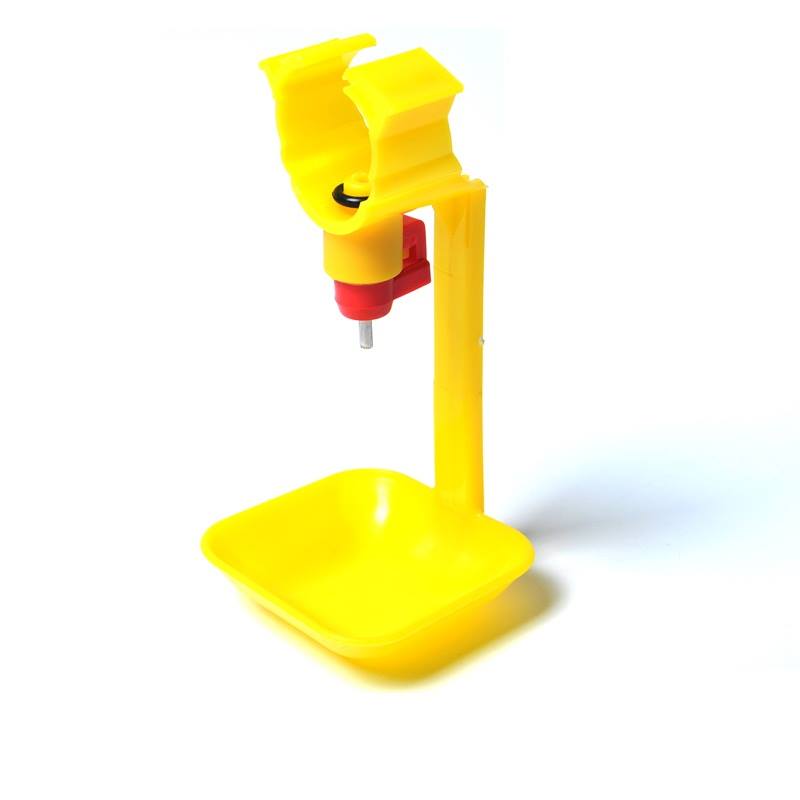Design and Efficiency of Broiler Transport Cages for Poultry Industry Standards
Oct . 16, 2024 09:40 Back to list
Design and Efficiency of Broiler Transport Cages for Poultry Industry Standards
The Importance of Broiler Transport Cages in Poultry Farming
In the poultry industry, especially in broiler farming, the transport of chickens from farms to processing facilities is a critical process that demands special attention. Broiler transport cages play a significant role in ensuring the safety, health, and well-being of these birds during transit. This article explores the importance of broiler transport cages, their design considerations, and their impact on the poultry supply chain.
Understanding Broiler Transport Cages
Broiler transport cages are specially designed enclosures used to safely transport chickens, particularly broilers, to processing plants. These cages are constructed from durable materials, typically metal or heavy-duty plastic, to withstand the rigors of transportation and the weight of the birds. They are designed to optimize space, enhance airflow, and minimize stress for the chickens during transit.
Key Features of Broiler Transport Cages
1. Ventilation One of the most critical aspects of broiler transport cages is their ability to provide adequate ventilation. Chickens are sensitive to temperature and humidity, and poor ventilation can lead to heat stress or hypoxia. Modern cages are designed with airflow in mind, featuring perforated sides and vents that allow for the free movement of air.
2. Safety and Security The cages must be sturdy and secure to prevent injuries during transport. Well-designed transport cages feature locking mechanisms that keep the birds in place and reduce the risk of escape or harm during loading and unloading.
3. Space Optimization Efficient use of space is essential in poultry transportation. Cages are designed to maximize the number of birds transported while ensuring that each bird has enough space to stand and move comfortably. Overcrowding can lead to stress and injuries, negatively impacting the health and welfare of the birds.
4. Ease of Handling Transport cages should be easy to handle, allowing for efficient loading and unloading. Features such as stackable designs and forklift slots facilitate transportation logistics, making it easier for workers to maneuver the cages without causing distress to the birds.
broiler transport cage

Impact on Poultry Supply Chain
The use of appropriate transport cages has a significant impact on the overall poultry supply chain. When chickens are transported in well-designed cages, several benefits arise
1. Animal Welfare Proper transportation methods that prioritize animal welfare result in healthier birds arriving at processing facilities. This is not only ethically important but also essential for maintaining the quality of the meat. Healthy birds yield better meat quality, which is crucial for consumer satisfaction.
2. Reduced Mortality Rates Stress and injuries during transport can lead to increased mortality rates. By using appropriate transport cages, the poultry industry can minimize these risks, ensuring a higher percentage of birds arrive alive and in good condition.
3. Compliance with Regulations Many countries have strict regulations regarding the transport of live animals. Using approved transport cages ensures compliance with these regulations, protecting producers from potential legal issues and fines. Moreover, demonstrating commitment to animal welfare can enhance a brand's reputation.
4. Cost Efficiency Investing in high-quality transport cages may seem costly initially, but it can lead to long-term savings. Reducing mortality rates, improving meat quality, and enhancing efficiency during transport can significantly affect profit margins in the poultry business.
Conclusion
Broiler transport cages are an essential component of modern poultry farming. Their design, which prioritizes ventilation, safety, and animal welfare, has far-reaching implications for the poultry supply chain. As the industry continues to evolve and improve practices, the importance of investing in quality transport cages cannot be overstated. Not only do they contribute to the humane treatment of animals, but they also ensure the economic viability of poultry operations, paving the way for a more sustainable and ethical future in poultry farming. By prioritizing the use of effective transport methods, we can help ensure the health and welfare of broilers during transport, which ultimately benefits producers, consumers, and the industry as a whole.
-
Hot Sale 24 & 18 Door Rabbit Cages - Premium Breeding Solutions
NewsJul.25,2025
-
Automatic Feeding Line System Pan Feeder Nipple Drinker - Anping County Yize Metal Products Co., Ltd.
NewsJul.21,2025
-
Automatic Feeding Line System Pan Feeder Nipple Drinker - Anping County Yize Metal Products Co., Ltd.
NewsJul.21,2025
-
Automatic Feeding Line System - Anping Yize | Precision & Nipple
NewsJul.21,2025
-
Automatic Feeding Line System - Anping Yize | Precision & Nipple
NewsJul.21,2025
-
Automatic Feeding Line System-Anping County Yize Metal Products Co., Ltd.|Efficient Feed Distribution&Customized Animal Farming Solutions
NewsJul.21,2025






